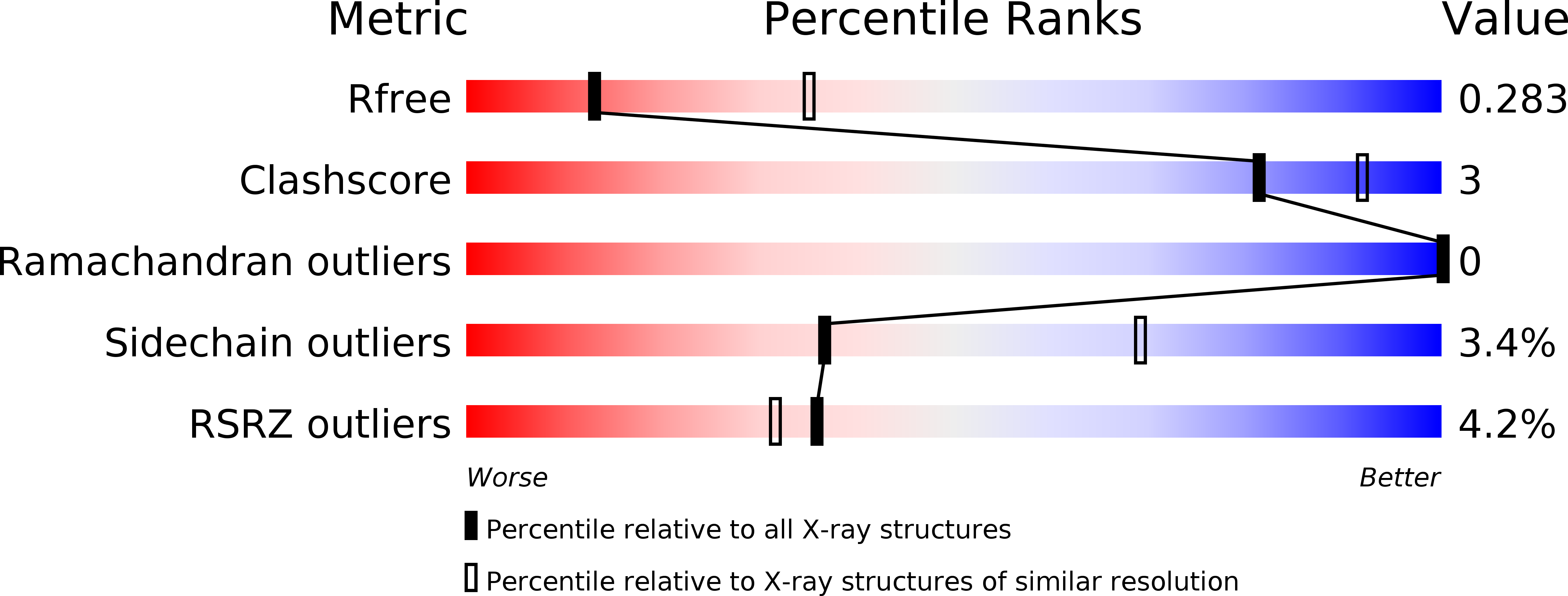
Deposition Date
2017-08-23
Release Date
2018-11-21
Last Version Date
2024-10-23
Entry Detail
PDB ID:
6ARQ
Keywords:
Title:
Crystal structure of CD96 (D1) bound to CD155/necl-5 (D1-3)
Biological Source:
Source Organism:
Homo sapiens (Taxon ID: 9606)
Host Organism:
Method Details:
Experimental Method:
Resolution:
2.88 Å
R-Value Free:
0.25
R-Value Work:
0.23
R-Value Observed:
0.23
Space Group:
P 21 21 21


